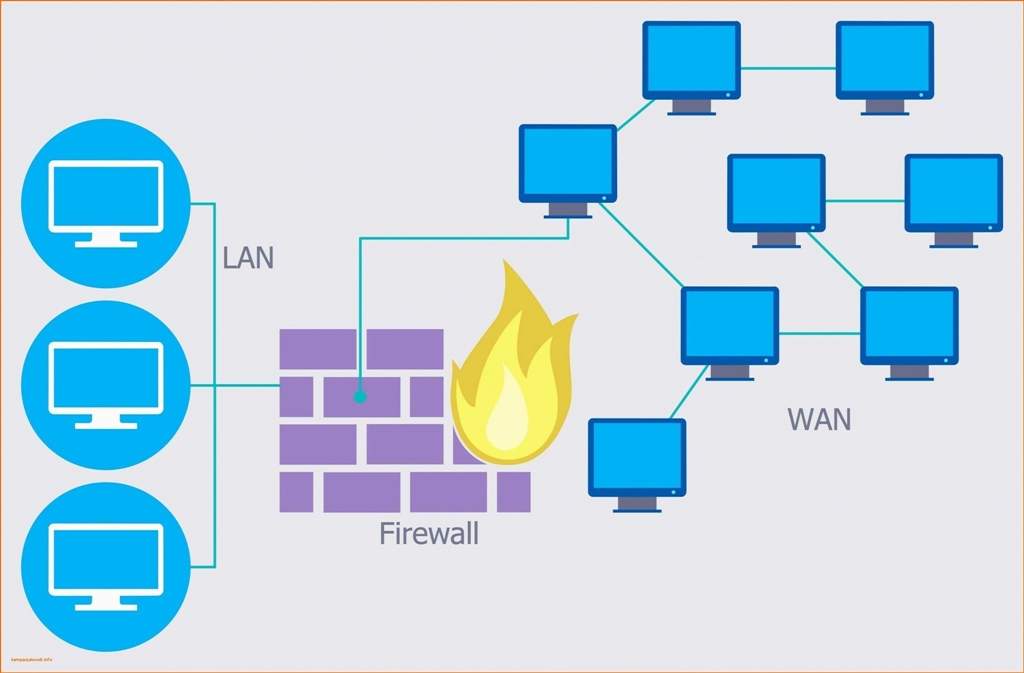

So new application-layer firewalls have to analyse the actual data, not just read the metadata. You're much more likely to use an app than a website, which works very differently, often switching between ports.

Meanwhile, the way we use the internet has changed. It also makes sure they all come from the same network connection. Stateful packet inspection firewalls don't just assess each data packet, according to the book Configuring Juniper Networks NetScreen & SSG Firewalls (opens in new tab). To compensate, new types of firewalls have emerged. Cybercriminals have become a lot more sophisticated since then. While this remains the most common type of firewall, it was developed in the late 1980s. Packet-filtering firewalls will check each data packet to make sure it has permission to pass through your network. Instead, it's broken down into smaller pieces called data packets, which reassemble once you receive them, according to the website security company Cloudflare (opens in new tab).

How firewalls protect data Packet checkingĪ video file isn't sent from YouTube to your computer as a single file. So the only real difference between firewall software and firewall hardware is that one filters data on individual computers, while the other does it for whole computer networks If you're extra concerned about your cybersecurity, you can use both software and hardware firewalls. However, hardware firewalls still rely on software to monitor ports. But there are also hardware firewalls that plugin between your computer and internet router. Most likely, your firewall is installed as a program on your computer. As well as restricting what types of files you can download onto your computer, these rules can be set to prevent you - or any other particular user – from uploading certain files to the internet. Whether the data has permission will all depend on a set of rules known as a protocol, which a computer's owner or an IT manager can adjust any they want, according to the journal Stanford Law Review (opens in new tab). This will list a string of numbers indicating where the data has come from (known as the source address), where it's going (the 'destination address' aka your PC) and over which port. When a firewall checks if data can enter your network, it'll read a message that comes with it called metadata. You can use a separate computer or buy a dedicated device to use as a physical firewall.


 0 kommentar(er)
0 kommentar(er)
